

Ben H
gamer level 4
3091 xp
3091 xp
followers
33
33
Use my invite URL to register (this will give me kudos)
https://boardgaming.com/register/?invited_by=ds3272
profile badges




recent achievements

I Love Playin' Games
Claim that you have played a game today by clicking the "Played Today!" button on a game page 50 times.
Claim that you have played a game today by clicking the "Played Today!" button on a game page 50 times.

Followed my first game
Follow a game by clicking "Follow" on the game page
Follow a game by clicking "Follow" on the game page

Explorer - Level 1
Earn Explorer XP to level up by completing Explorer Quests
Earn Explorer XP to level up by completing Explorer Quests

I'm a Real Player!
Claim that you have played a game today by clicking the "Played Today!" button on a game page 25 times.
Claim that you have played a game today by clicking the "Played Today!" button on a game page 25 times.







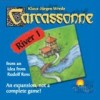




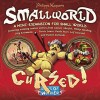


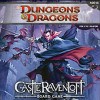



















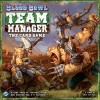




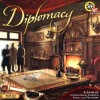






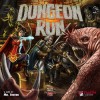



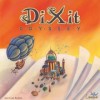

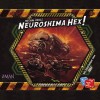










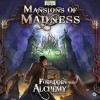
Summoner Wars Master Set
Anyone who knows this game and has looked at my profile and seen how I feel about Heroscape (it’s the best) will not be surprised to see I give this game a perfect 10. It is very similar to ‘Scape, using cards instead of minis, with a few interesting differences I’ll comment on later.
In this two player game the players each use one of six “Factions,” or armies, made up of a deck of cards. Besides the six different Faction decks, all of which are new to the Summoner Wars line, the game comes with two heavy folding boards with a grid on each where the cards will go, plus assorted dice and markers.
You set up your army according to the instructions for your particular faction. All factions have their “Summoner” and all start with a wall and soldiers of various types in play.
During the game you will draw the cards from your chosen faction deck into your hand and, sometimes, play them on the board as critters who will fight on your behalf, sometimes you will cast them as spells with some effect, and sometimes you will simply discard the cards into your “Magic” pile.
Like in Heroscape, some of your soldiers are “common,” and you can have any number of them, and some are Champions, and you can only have one of each of them. Some attack from range, some must be adjacent, and so on. The mechanics of movement and combat are very simple and well described in the rules. The game ends when a player’s Summoner, who is sort of like a Champion but in this way also like a king in chess, is destroyed; that player is the loser.
When you want to cast a spell, which means either (a) summoning a critter, as I said, or (b) casting some other kind of spell, depending on your faction, you will take cards from your magic pile and put them in your discard. The fancier the spell, the more cards you have to move from your Magic pile to your Discard.
The game plays fast, normally in about half an hour. There are six different factions and each one has a significantly different play style from the others; the Mountain Vargath are straight ahead bashers, and the Deep Dwarves generate lots of Magic and have some powerful spells. Try them all.
There are a couple interesting differences from ‘Scape, besides the obvious lack of massive, modular terrain and miniatures.
This game is really balanced around making competitive armies, where Heroscape is not. Heroscape is designed for scenario play, and for mixing and matching to make armies. Summoner Wars is very finely tuned to keep each deck balanced against the other decks. It is really a testament to Colby and his Playtesting crew that, with all the attention this game gets, there is no emergent superior faction.
Second, set up and take down are both very fast, which is nice.
One last word about the box & insert: the box is *huge*. There is room for the six decks in the insert and room for all the other factions that have ever come out for Summoner Wars, too. It fits on my shelves with my other games – it’s not Rise of the Valkyrie big – but it’s up there. Maybe as tall as Ticket to Ride but bigger around than Castle Ravenloft.
Also you can play with four players. I tried once and don’t especially recommend it; I thought it drags, but your mileage may vary.
Pros:
Fast
Thematic
Easy to Learn
Cons:
Really 2p only
Thematic
That’s it. We love theme and we normally play 2 player in our house, so this is right up our alley.
Enjoy!